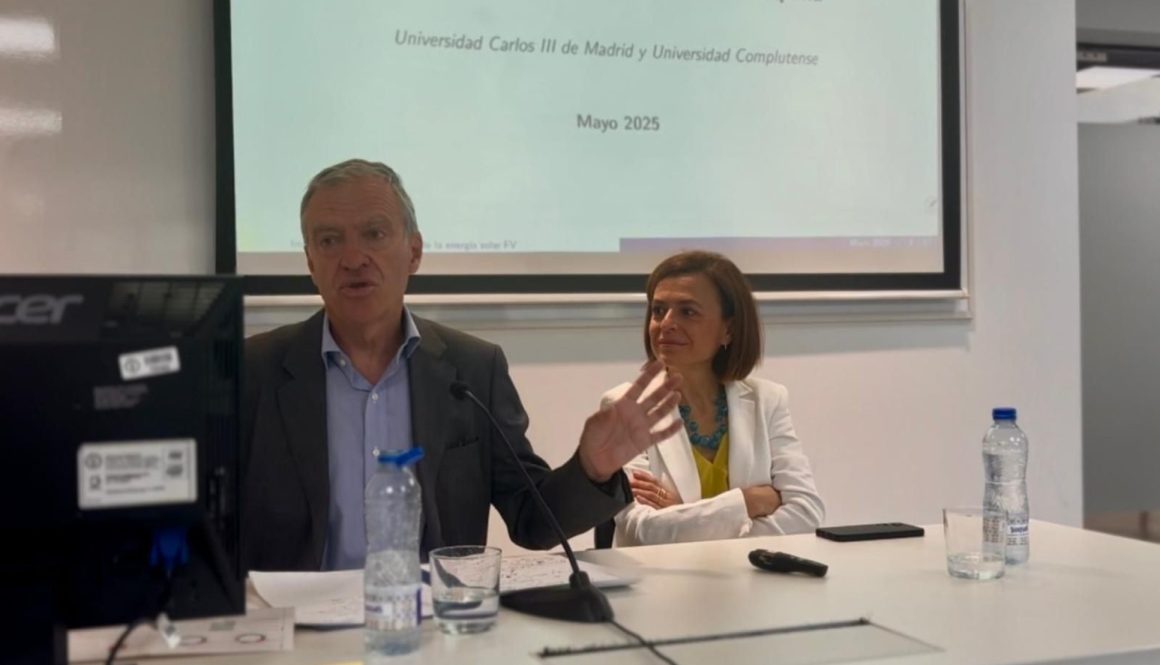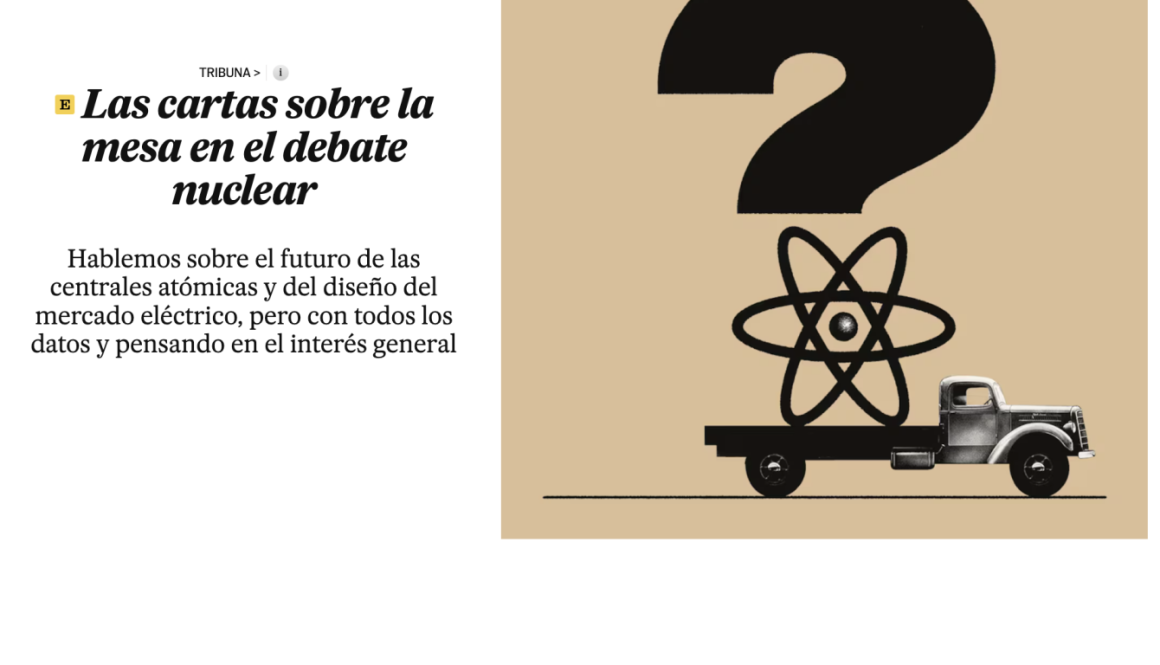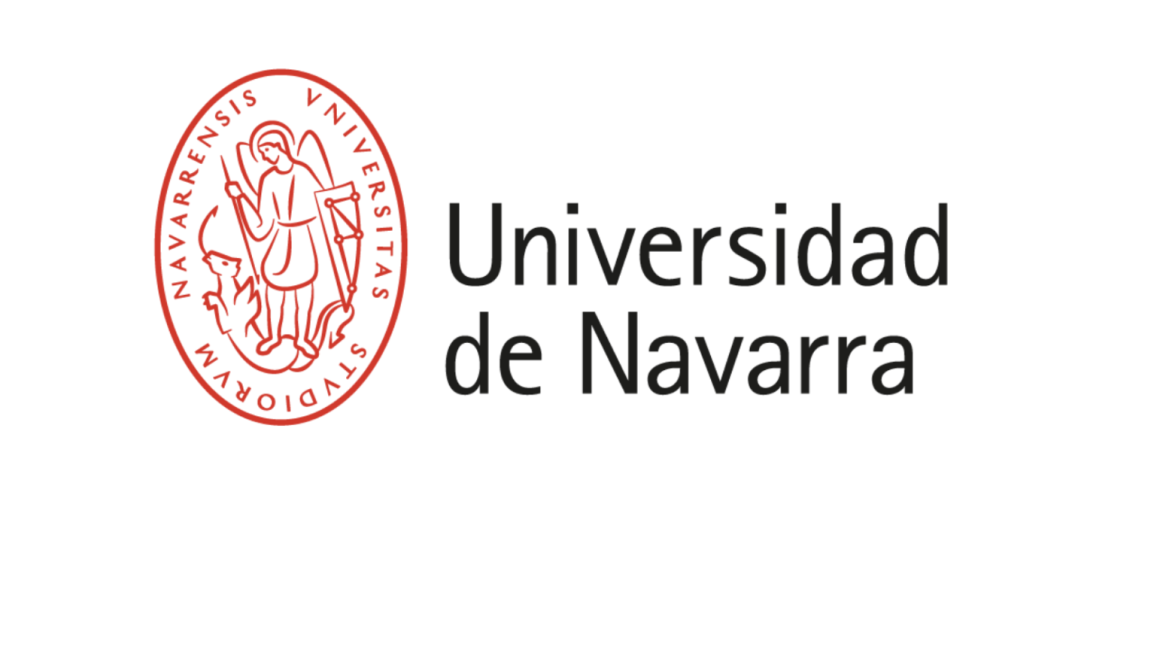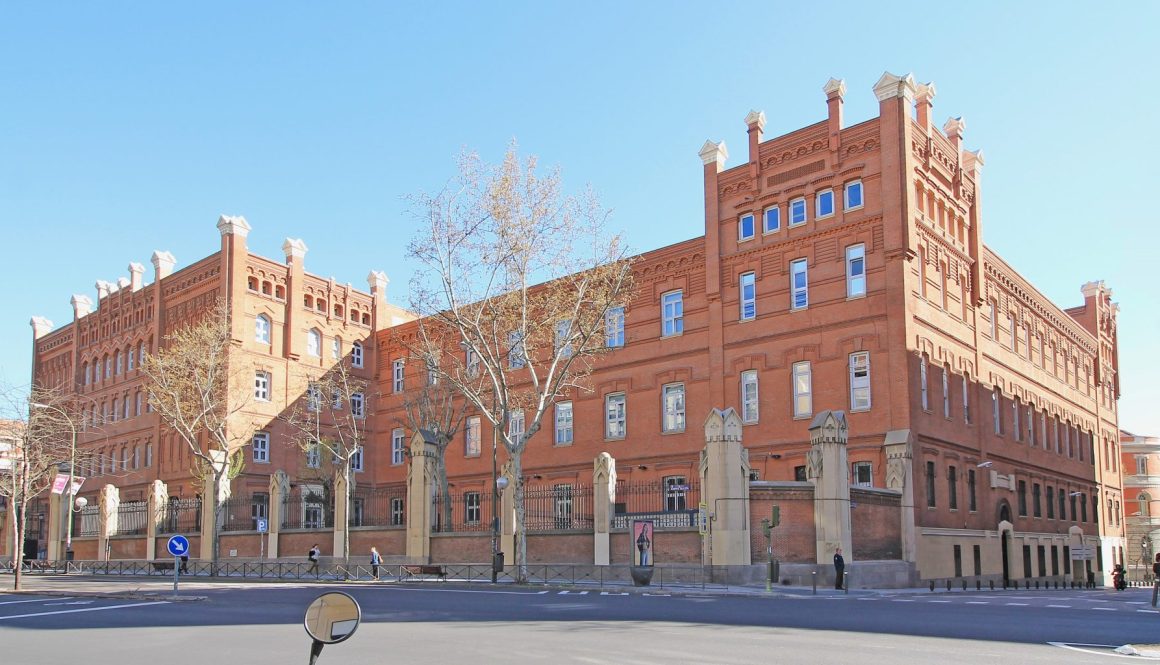In an opinion column for El País, Natalia Fabra challenges the claim that keeping nuclear plants open is essential for Spain’s energy security and affordability. She argues that a well-managed renewable rollout—backed by storage, grid upgrades, and market reform—offers a more competitive and sustainable path forward.
The recent power outage has intensified opposition to the gradual closure of nuclear power plants. But those who blame renewables and advocate for nuclear as the solution lack evidence to support their claims. The causes of the blackout are likely multiple and complex, and diagnosing them will require rigorous technical analysis.
Nuclear supporters argue that Spain cannot do without a technology with “very competitive real operating costs” (according to Foro Nuclear), and that closing plants by 2035 would raise electricity prices by €13/MWh, increase gas generation, and emissions (according to PWC). But is this undeniable?
Consumers have paid for nuclear energy at market prices, which mostly reflected gas generation costs rather than nuclear’s. So the real beneficiaries of these “very competitive” costs were the owning companies, through increased profits. From the closure agreement in 2019 to 2024, nuclear plants received an average market price of €85/MWh—well above their costs, even including taxes.
The final nuclear closures (Vandellós II and Trillo) aren’t expected until 2035. Ten years is an eternity in energy and tech terms. Estimating electricity market prices that far ahead is extremely complex. How many data centers will connect to the grid? How much electricity will AI consume? How much hydrogen will be produced with renewable power? Will transport and industry be electrified? Will the energy efficiency goals in the PNIEC be realistic? What will gas and CO₂ prices be, both highly volatile? How much investment will go into renewables, storage, and interconnections? Some scenarios suggest the nuclear shutdown could significantly impact prices, while others foresee minimal effect.
Forecasts should not assume a static reality. Closing nuclear plants would open up room for new investments in renewables and storage that wouldn’t be profitable if nuclear plants kept operating. Also, nuclear’s inflexibility hampers the integration of renewables, leading to energy curtailments—cheap, clean power going to waste. Therefore, a gradual nuclear phaseout doesn’t necessarily mean a proportional increase in gas use or emissions.
Beyond the uncertainty of the future, there’s a key counterargument to the idea that electricity would get much more expensive without nuclear: if that were true, power companies would be the most interested in shutting them down. Their gas plants would operate more, and at higher prices, boosting profits across their portfolios.
In reality, companies understand that in a market dominated by renewables, it isn’t profitable to extend the life of nuclear plants. The reason is low market prices—not taxes, which only partially internalize nuclear’s external costs (like waste management and decommissioning). Removing those taxes would amount to subsidizing nuclear power.
So, behind the anti-closure campaign, there may not just be a desire to extend nuclear plant lifespans, but to do so with tax cuts or a guaranteed above-market compensation. Electricity market design has not been challenged by these companies while they were being paid gas-driven prices for all their production. But now that renewables are setting much lower prices, the model is being questioned. Moreover, extending nuclear operations would require costly investments due to aging infrastructure, which could ultimately fall on consumers.
We should discuss the future of nuclear energy and the market design transparently and in the public interest. Is extending the life of nuclear plants necessary to ensure power supply? What would the cost be to consumers? And do nuclear’s supposed benefits outweigh the increasingly complex waste management costs and the (however small) risk of a nuclear accident?
For economic policy, the key question is: how do we enhance competitiveness through lower energy costs? By extending nuclear lifespans, or by betting on mass deployment of renewables, energy storage, and interconnections, with gas as backup?
The energy transition is a key competitive lever. Renewables—alongside storage and interconnection—lower electricity costs for both households and industry. A smart rollout of these technologies and the electrification they enable can also create jobs and strengthen the industry.
Mario Draghi has noted that high energy prices are a major drag on Europe’s competitiveness. In Spain, we have the natural resources to turn that historic curse into a blessing: sun, wind, water, and land to develop renewables. Will we keep importing gas and uranium, or harness our domestic renewables as a lever for industrialization, job creation, investment, and growth?
Energy supply security is non-negotiable. But there’s no evidence that renewable-dominated markets are more vulnerable to supply disruptions. Nor is there technical justification for extending nuclear operations as a backup to renewables. On the contrary: nuclear’s inflexibility prevents adapting to renewables’ variability, making the system less secure and efficient than with more flexible alternatives. And in a total blackout, nuclear is not useful for quick grid restoration.
If we want a reliable, economically and environmentally efficient electricity system, we need to reinforce it. Invest more in renewables, a stronger grid, storage, and interconnections. Do it under the coordination of a Transmission System Operator with full capabilities. And redesign the electricity market to reflect the real cost and value of each technology, reducing uncertainty for investors. Let’s not sacrifice our best opportunity for competitiveness for the sake of interested diagnoses.
Natalia Fabra
Professor of Economics, Universidad Carlos III de Madrid
Director, EnergyEcoLab (funded by the European Research Council)
Original publication in Spanish: “Las cartas sobre la mesa en el debate nuclear”, El País










